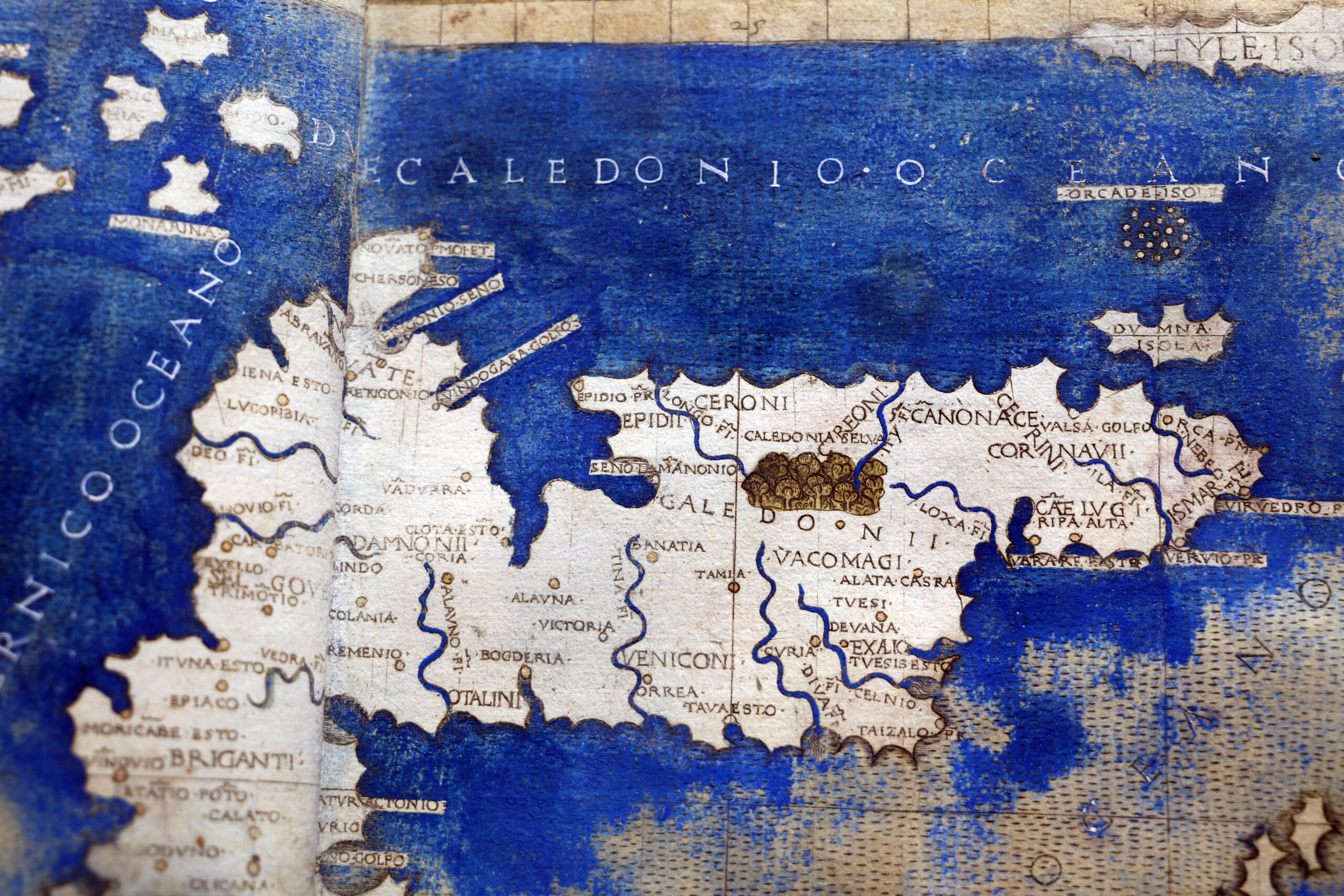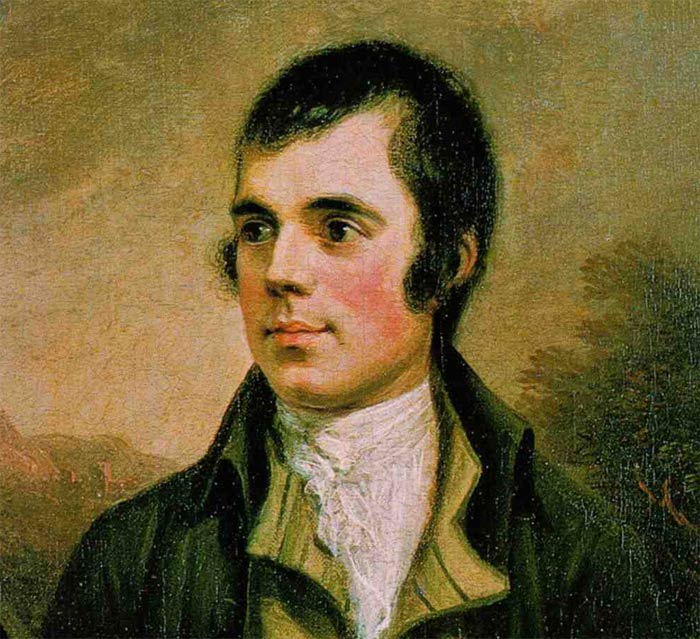A Clio History Website
Whispers of the Clans: Scotland’s History Remembered
Scotland’s history is not merely a story — it is a great epic, a sweeping saga of struggle and resilience, of blood and sacrifice, of art and invention. To walk the hills of the Highlands or the closes of Edinburgh is to feel the weight of the centuries pressing upon you, to sense the ghosts of warriors and poets, kings and peasants, monks and inventors, each leaving their indelible mark upon the land. From the rise of the Picts and the Celtic tribes to the scientific triumphs of the Enlightenment, Scotland’s history reflects the determination and ingenuity of its people. As Sir Walter Scott wrote, “A land of brown heath and shaggy wood, land of the mountain and the flood…” Scotland’s rugged beauty is matched only by the indomitable spirit of those who have called it home.
Long before the Romans arrived in Britain, Scotland was inhabited by the fierce and mysterious Picts, whose name itself comes from the Latin Picti — the painted people. They carved intricate patterns into standing stones, some of which still survive today as silent witnesses to an age shrouded in mystery. The Romans, despite their dominance elsewhere in Britain, never truly conquered Scotland. After repeated failures to subdue the northern tribes, Emperor Hadrian ordered the construction of Hadrian’s Wall in AD 122 — not to expand the empire, but to contain the unconquerable. The historian Tacitus, whose father-in-law Agricola led the Roman campaigns in Caledonia, wrote of the Scots’ fierce resistance: “They make a desolation and call it peace.”
The medieval period saw the forging of Scotland as a kingdom. Kenneth MacAlpin, in the 9th century, united the Scots and the Picts into one kingdom under the House of Alpin. The rise of Christianity shaped the cultural and political landscape, as monks from Iona spread the gospel throughout the land. The Viking Age followed, with Norse raiders leaving their brutal mark on coastal settlements and seizing control of the Northern and Western Isles. But the Scots, hardened by centuries of war and invasion, learned to fight back. In 1263, at the Battle of Largs, King Alexander III dealt a decisive blow to Norse ambitions in Scotland, setting the stage for the eventual integration of the islands into the Scottish realm.
Perhaps the most stirring chapter in Scotland’s history came in the Wars of Independence. When Edward I of England, the “Hammer of the Scots,” sought to claim the Scottish throne, he was met with ferocious resistance. William Wallace and later Robert the Bruce led the Scots in a desperate fight for survival. Wallace’s victory at Stirling Bridge in 1297 became legend; Bruce’s triumph at Bannockburn in 1314 became myth. As Bruce stood victorious on the battlefield, he cemented Scotland’s independence and sealed his legacy as one of the nation’s greatest kings. “We fight not for glory, nor riches, nor honours, but for freedom alone,” read the Declaration of Arbroath in 1320, a declaration of independence centuries ahead of its time.
The union of the crowns in 1603, when James VI of Scotland became James I of England, ushered in a new era of complex political maneuvering. Scotland retained its own church and legal system, but tensions with England persisted. The failed Jacobite risings of 1715 and 1745, culminating in the catastrophic defeat at Culloden, ended the Stuart cause and shattered the Highland way of life. The brutal reprisals that followed — the banning of tartans, the destruction of the clan system — marked a profound cultural rupture. “Culloden was the death knell of Highland culture,” wrote historian John Prebble. And yet, the Scots adapted and endured.
The 18th century brought another kind of revolution — intellectual rather than martial. The Scottish Enlightenment produced some of the finest minds in European history. David Hume, Adam Smith, James Watt, and Thomas Reid reshaped philosophy, economics, and science. Edinburgh, the “Athens of the North,” became a center of learning and inquiry. Smith’s Wealth of Nations (1776) laid the foundations of modern capitalism, while Watt’s steam engine powered the Industrial Revolution. “The engine of progress was fired in Scotland,” wrote historian Tom Devine, and it was this Scottish ingenuity that helped transform the world.
Scotland’s industrial rise was accompanied by profound social change. The Highland Clearances of the 18th and 19th centuries saw thousands of crofters evicted from their ancestral lands to make way for sheep farming. Many emigrated to Canada, Australia, and the United States, taking Scottish culture with them. Scottish engineers, shipbuilders, and entrepreneurs shaped the British Empire and beyond. Andrew Carnegie, born in Dunfermline, would become one of the richest men in history and a pioneering philanthropist.
The 20th century brought both triumph and tragedy. Scotland’s soldiers fought with distinction in both World Wars; the names of Passchendaele and the Somme remain etched in the national memory. The post-war years saw the decline of heavy industry and the rise of a new Scottish identity, expressed politically through the formation of the Scottish National Party (SNP). Devolution in 1999 restored a Scottish Parliament for the first time since 1707, and in 2014, Scotland came within touching distance of independence before voting — narrowly — to remain in the United Kingdom.
Today, Scotland stands as a nation proud of its history and confident in its future. Its culture — from the haunting strains of the bagpipes to the timeless works of Robert Burns — continues to resonate across the world. The land of Auld Lang Syne and Scots Wha Hae remains a beacon of resilience and creativity. “There is no land like Scotland,” wrote Scott, “no people with such proud hearts and fierce loyalty.” The long and winding path of Scottish history remains unfinished, but its legacy is already etched in the stone of its castles, the words of its poets, and the hearts of its people.








Hi, this is a comment.
To get started with moderating, editing, and deleting comments, please visit the Comments screen in the dashboard.
Commenter avatars come from Gravatar.